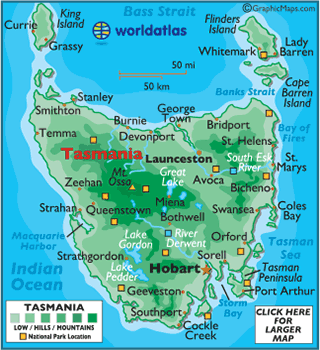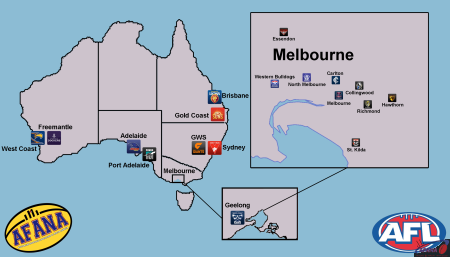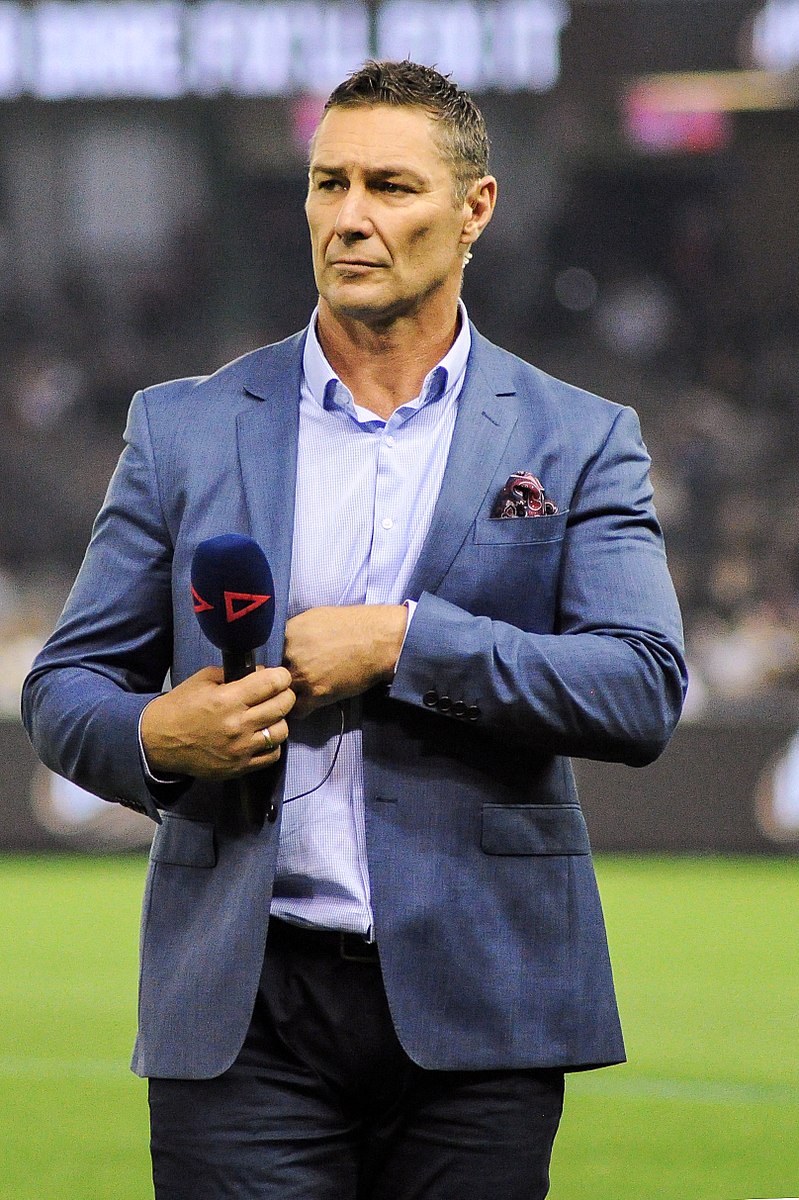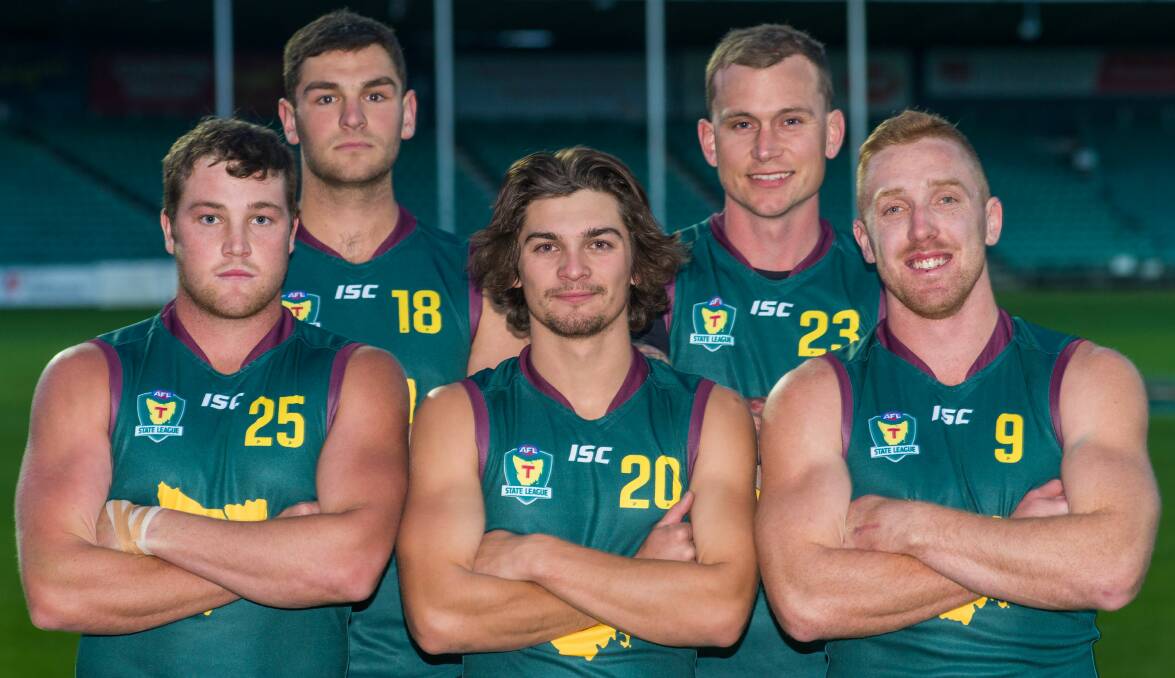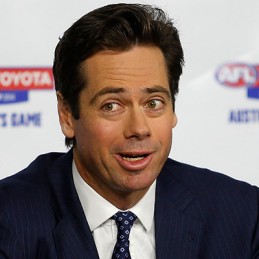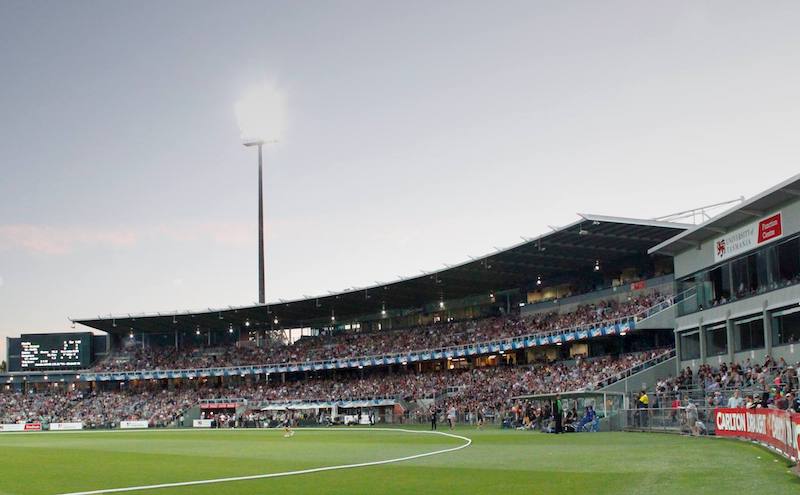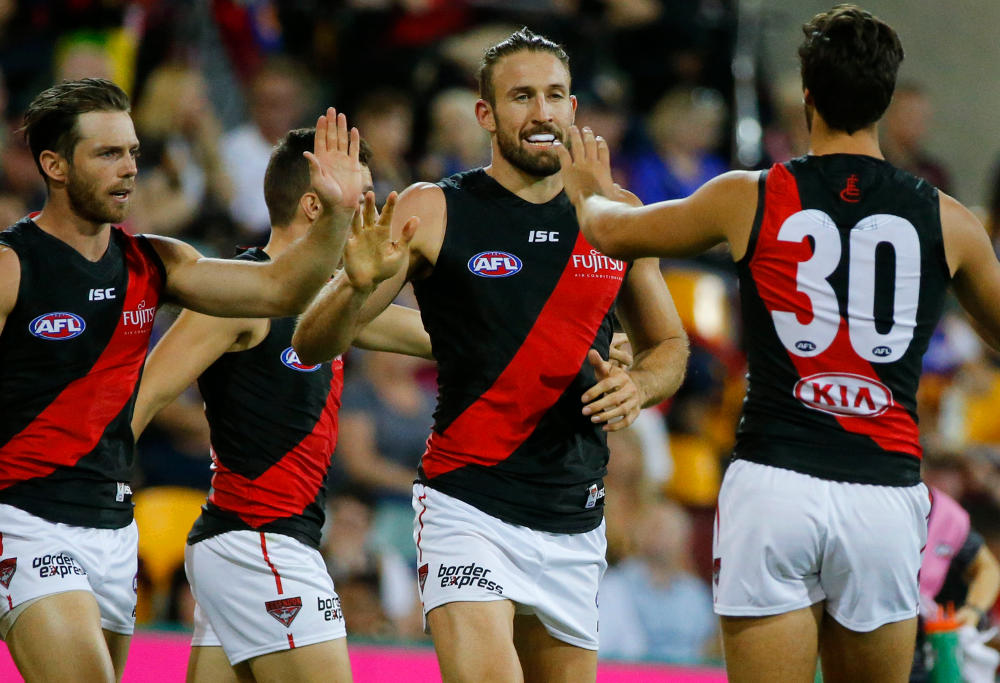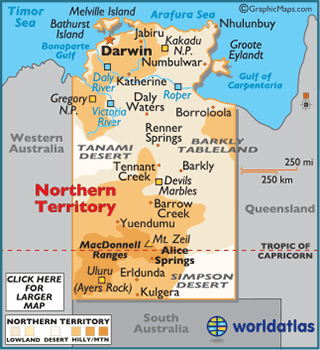
The Northern Territory is one of the most remote and sparsely-populated regions on the planet, let alone the continent of Australia. Founded in 1911 after being separated from South Australia, the Northern Territory — better known as the Territory or just “the NT” — is home to a mere 245,000 people across a land area of 1.34 million square kilometers. To put that in an American perspective, that’s roughly the population of Norfolk, Virginia spread across an area six times the size of California.
The south of the Territory is known as the Red Centre, and it’s home to one of Australia’s most famous landmarks, Uluru — the massive red monolith that sticks out of the desert floor like a sore thumb — as well as the neighboring Kata Tjuta National Park. A few hours northeast lies Alice Springs, a desert outpost of roughly 40,000 people surrounded by gorgeous rock canyons and remote Aboriginal townships.
Further north, the craggy Outback gives way to a more lush, but equally unforgiving landscape. This region is called the “Top End” and is home to the Territory’s capital, Darwin. The smallest capital city in Australia, Darwin is home to a multicultural population and is a stronghold for mining, tourism and the Australian Defence Force, which operates three bases nearby.
In the world of Australian football, the NT has produced more than its share of talent. That includes numerous members of the Rioli family — Cyril, Daniel, Maurice and Dean — as well as other all-time greats like David Kantilla, Nathan Buckley, Gilbert McAdam and Andrew McLeod. At one point, the NT had the highest per-capita representation in the AFL of any Australian state or territory.
Here’s the million-dollar question: can the Northern Territory support a full-time AFL club?
Part 1: The History

The Northern Territory became a new part of Australia in 1911, and the first-ever footy match happened only five years later in Darwin. Since then, the sport has taken off.
There are two major leagues in the NT. The Northern Territory Football League (NTFL) is the only league in the country that operates during the southern summer — when the rest of the country is playing and watching cricket, Darwin and the rest of the Top End are playing footy. Summer is the wet season there, and since cricket can’t be played in damp conditions, the seasons are switched.
In Alice Springs, the Central Australian Football League runs during the winter alongside the AFL and other state leagues. It frequently features talented Aboriginal players from remote communities. Alice Springs is also home to the Ngurratjuta Lightning Carnival, which features so-called “lightning football” games played over shorter halves and quarters. The event occurs over the long Easter Weekend.
In 1941, a pair of Catholic priests, John Pye and Andrew Howley, introduced Aussie rules to the Tiwi Islands, a pair of two remote Aboriginal islands about 100 kilometers north of Darwin in the Timor Sea. The community is fanatical about footy to this day — over 35% of its 3,000 people play the sport (highest rate in the country), and the islands produced the legendary Rioli family, who have all had illustrious footy careers of their own.
Andrew McLeod played for the Adelaide Crows in the 90s and still holds their record with 340 career games. Michael Long was a cult figure for the Essendon Football Club in the 90s and later became a prominent Indigenous rights activist upon his retirement. Former Collingwood coach and player Nathan Buckley was not born in the Territory, but he spent part of his childhood in Darwin and first got significant recognition when he played representative games for the NT.
Altogether, 18 percent of Territorians are registered footballers, per 2017 data from AFL Northern Territory. Nearly half of all participants live in remote areas, and over 34 percent are female. The NT is also home to two prominent representative sides: the Aboriginal All-Stars and its junior footy equivalent, the Flying Boomerangs.
Part 2: The Pros
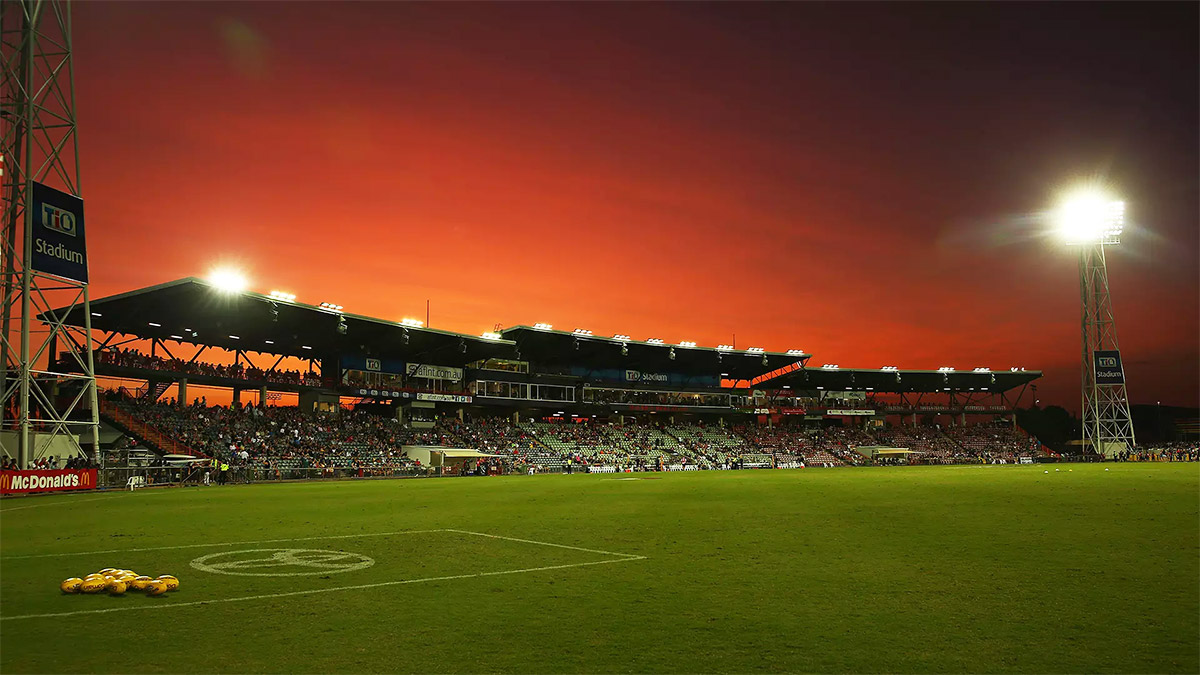
The support for footy in the Territory is extremely strong among both Indigenous and non-Indigenous people alike. The local participation rates are very strong for such an isolated and small population. The equally strong history of Territorians making it to the AFL level means that the appetite could be there for a future AFL bid.
In addition to the aforementioned Aboriginal representative sides, the NT Thunder were a Territory-based team that competed alongside Queensland and New South Wales teams in the North East Australian Football League (NEAFL). The Thunder won two NEAFL premierships, but were forced to shut down due to budget concerns in 2019.
A potential AFL team in the NT would strengthen the local talent pool. The NT hasn’t produced many AFL draft picks in recent years, and a local team could change that. It could also serve as a potential launch pad for Aboriginal players who might not have the opportunity to receive national attention otherwise. In the NT — which is roughly 25% Aboriginal Australian — this would be an important development and a unifier for remote communities.

Many former AFL players from the Territory have returned and played high level footy in the NTFL or the CAFL, including Richard Tambling, Liam Patrick, Relton Roberts, Cameron Ilett and Austin Wonaemerri.
TIO Stadium, located in Darwin, can hold 10,000 spectators and has sold out for AFL matches in the past. The Gold Coast Suns are currently contracted to play one game annually at TIO, while the Melbourne Demons play one game per year at Alice Springs’s Traeger Park. These games typically coincide with the AFL’s Sir Doug Nicholls Indigenous Round, where Aboriginal culture meets hard-hitting football.
The NT government is currently commissioning a feasibility study for an AFL side, although they don’t expect to be considered until 2030. Stuart Totham, the CEO of AFL Northern Territory, has stated that it would likely require $40-50 million to start an AFL franchise in the NT. Due to weather concerns, both Darwin and Alice would likely split the home ground duties.
The Chief Minister for the NT, Michael Gunner, has been in office since 2016; he’s supportive of a Territory-based AFL side and insists it could be done properly.
“The Northern Territory should get the same deal as Tasmania. A Territory AFL team is long overdue and would position the NT as a thriving place to live, visit and do business,” Gunner said.
“I have spoken to the CEO of the AFL, Gil McLachlan, about the potential of a Territory team, and he is supportive of giving Territory talent a better avenue to play AFL footy while living at home.”
A local AFL team could also be a boon for Aboriginal people in the NT. The Michael Long Learning & Leadership Centre (MLLLC) is located at TIO Stadium in Darwin and was set up in 2015 to help Indigenous students reach their full potential both on and off the footy oval. It’s welcomed thousands of kids every year.
“Certainly all the kids in communities aspire to play in the AFL, so the more AFL presence we have in the Territory can only help,” Totham continued.
A September 2017 research study done by Bankwest Curtin Economics Centre discovered that wellbeing among Aboriginal children was significantly higher if they played Aussie rules. Children in those communities who played footy were six percent less likely to have health-related learning disabilities and were 20 percent less likely to be truant from school. Statistics like this could be key in terms of presenting a future AFL team as being beneficial to all Territorians, but particularly at-risk Aboriginal youngsters.
In the past, many talented indigenous players have moved to larger AFL cities like Melbourne or Perth from remote communities and have been forced to retire early due to homesickness and culture shock. An AFL team that’s closer to home could mitigate those factors.
Part 3: The Cons

Just like Tasmania’s potential AFL bid, the Territory’s future AFL plans could easily run into financial troubles. The NT’s economy is dominated by both tourism and the mining industry, but neither are necessarily a long-term solution for ongoing corporate sponsorship in the AFL world.
“Close to half is probably AFL-covered and covered through match returns, perhaps,” Totham said in a September 2018 interview with the ABC.
“Then you’ve got to find additional income through corporate support and other means.”

Fans of the Hermannsburg Bulldogs show their support at a CAFL game. Located about an hour and a half southwest of Alice Springs, Hermannsburg is an Aboriginal settlement founded by 19th-century Lutheran missionaries, who introduced football to the locals.
The NT’s transient population could also be a factor. While the Territory is the youngest part of Australia (average age: 31) and has a fast-growing population overall, getting residents to stay has been a challenge. Considering that tourism, mining and the Australian military are cyclical industries, Darwin has long had a fluctuating population. As a result, the NT has one of the highest birth rates in Australia, and yet the population of skilled workers hasn’t increased significantly in recent years. As for yours truly, I lived in Darwin for four months and I can personally attest to how much the region dies down once the wet season starts.
Even when it comes to footy, local players are historically transient. Many NTFL players who are from Darwin play their footy at home over the summer, before returning to either work, footy or boarding school in places such as Perth or Adelaide once the NTFL season ends in February. The fly-in, fly-out model has been crucial to the NTFL’s success. An AFL team in the NT will have to work hard to retain out-of-state footballers who aren’t used to the harsh weather and sense of isolation. It’s obvious that an NT team can’t rely on local talent alone.

